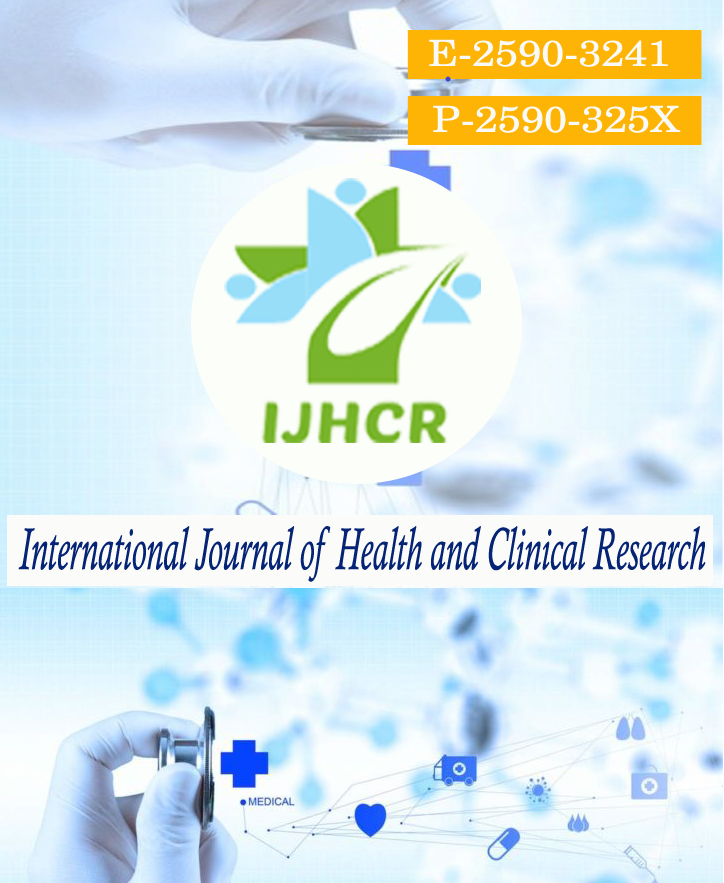A comparative study of subclinical hypothyroidism in metabolic syndrome with patient not having metabolic syndrome
Keywords:
Metabolic syndrome, Thyroid stimulating hormone, Hypothyroidism, Central obesity.Abstract
Aim: To evaluate the thyroid status in metabolic syndrome in comparison to healthy controls. To correlate the components of MetS with thyroid status.Material and methods: This was a cross-sectional study was done in the Department of General Medicine, Narayan Medical College and Hospital, Sasaram, Bihar, India, for 1 year. A total sample size of 100 (50 cases of metabolic syndrome matched with 50 controls) were included in the study. T3, T4 and TSH was analysed by chemiluminiscence assay in Access-2 hormone analyser. The biochemical assays were routinely monitored through internal and external quality programs. Results: The study population comprised of 56% male and 44% female among controls whereas cases had a slight female predominance with 58% being female and 42% being male. The mean age of the study population was 51.21±11.21 among cases and 48.36 ± 9.87 among controls. Difference of each of the component of Met S between the patients of Met S and control was tested using Student t-test. Significant difference with p value < .00001 was observed in each of the component of Met S between cases and controls. TSH showed significant difference (p= 0.02) with the mean TSH in cases group as 8.42 ± 3.12 and in control as 3.11 ± 0.42 whereas T3 and T4 showed no significant difference between both the groups shown in Table 2. Subclinical hypothyroidism (SCH) is the predominant pattern of thyroid dysfunction observed in 24 % of patients having Met S, followed by overt hypothyroidism in 6% as shown in while there where were no cases of overt hyperthyroidism. The correlation of TSH with the components of Met S was assessed using Pearson correlation coefficient. Waist circumference positively correlated with high TSH and was statistically significant (p = 0.02). Conclusion: The prevalence of TD in patients with Metabolic syndrome was high, indicating a possible interplay between thyroid status and MetS. Hypothyroidism was the most common TD in Indian patients with MetS.
Downloads
Published
How to Cite
Issue
Section
License
Copyright (c) 2021 Chandan Kumar, Abhilasha Singh, Amit Kishor, Rituraj Lahkar, Abhishek Kamendu

This work is licensed under a Creative Commons Attribution 4.0 International License.






 All articles published in International Journal of Health and Clinical Research are licensed under a
All articles published in International Journal of Health and Clinical Research are licensed under a 